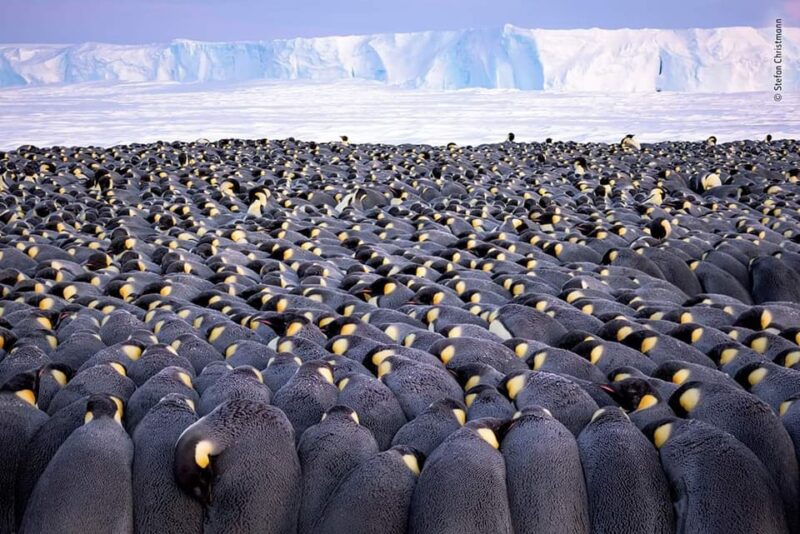Survival Through Collective Warmth
In the harsh Antarctic winter, Emperor penguins have developed an ingenious strategy to survive the extreme cold: huddling together in tightly packed groups.
As temperatures plummet to a bone-chilling minus 35 degrees Celsius outside, the penguins form dense clusters that create a microclimate of warmth. Within these huddles, the temperature can reach a balmy 37 degrees Celsius, matching the body temperature of the penguins themselves. This stark contrast between the external and internal temperatures of the huddle demonstrates the incredible efficiency of this survival technique.
The effectiveness of the huddle is so great that it sometimes creates a new challenge: overheating. Penguins in the center of the group can become too warm, with temperatures occasionally rising above 37 degrees Celsius. To address this issue, the penguins have developed a remarkable social agreement. They periodically create small spaces within the huddle, allowing for heat dissipation and maintaining a balanced temperature throughout the group.
But what about the penguins on the outer edges of the huddle, exposed to the biting cold? The penguin community has evolved a solution for this as well. The entire group engages in a slow, continuous, and carefully orchestrated movement. This motion gradually rotates penguins from the outside to the warmer interior and vice versa, ensuring that every individual gets an equal opportunity to benefit from the warmth at the center.
Scientists studying this behavior have made a fascinating discovery. Using cameras to track the penguins’ movement patterns, they found that the huddle’s motion follows a complex mathematical pattern. This intricate dance of survival is not random but a precisely coordinated effort that guarantees each penguin receives an equal share of warmth over time.
The Emperor penguins’ huddling behavior offers a remarkable example of how social cooperation and adaptive strategies can overcome extreme environmental challenges.
Nature is Beautiful










